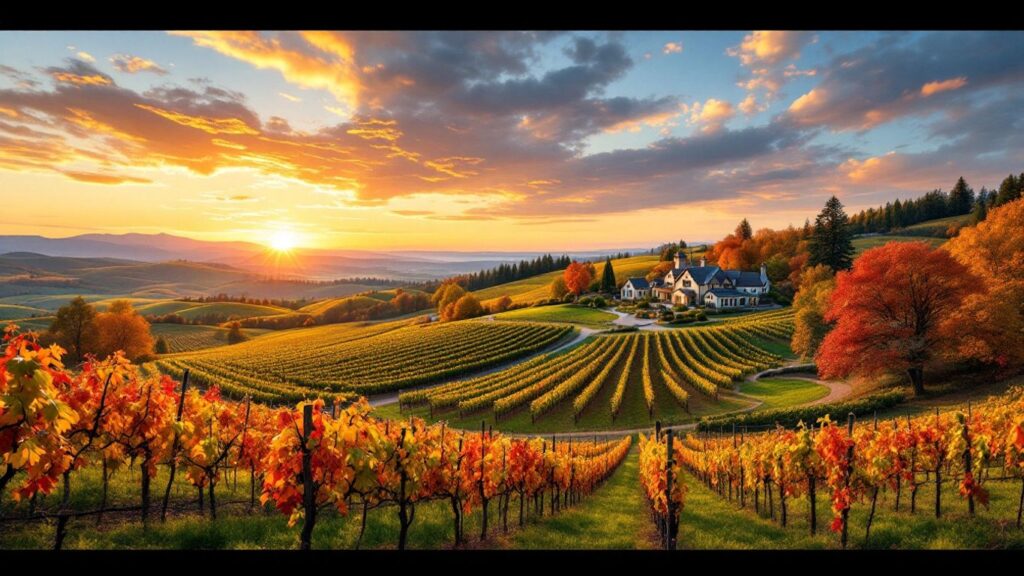North Dakota may not be the first place you think of for wine, but the state has a growing wine scene worth exploring. From small family-run vineyards to larger wineries, there are options to suit different tastes.
Wine tours offer a fun way to sample local flavors while taking in the prairie landscape.
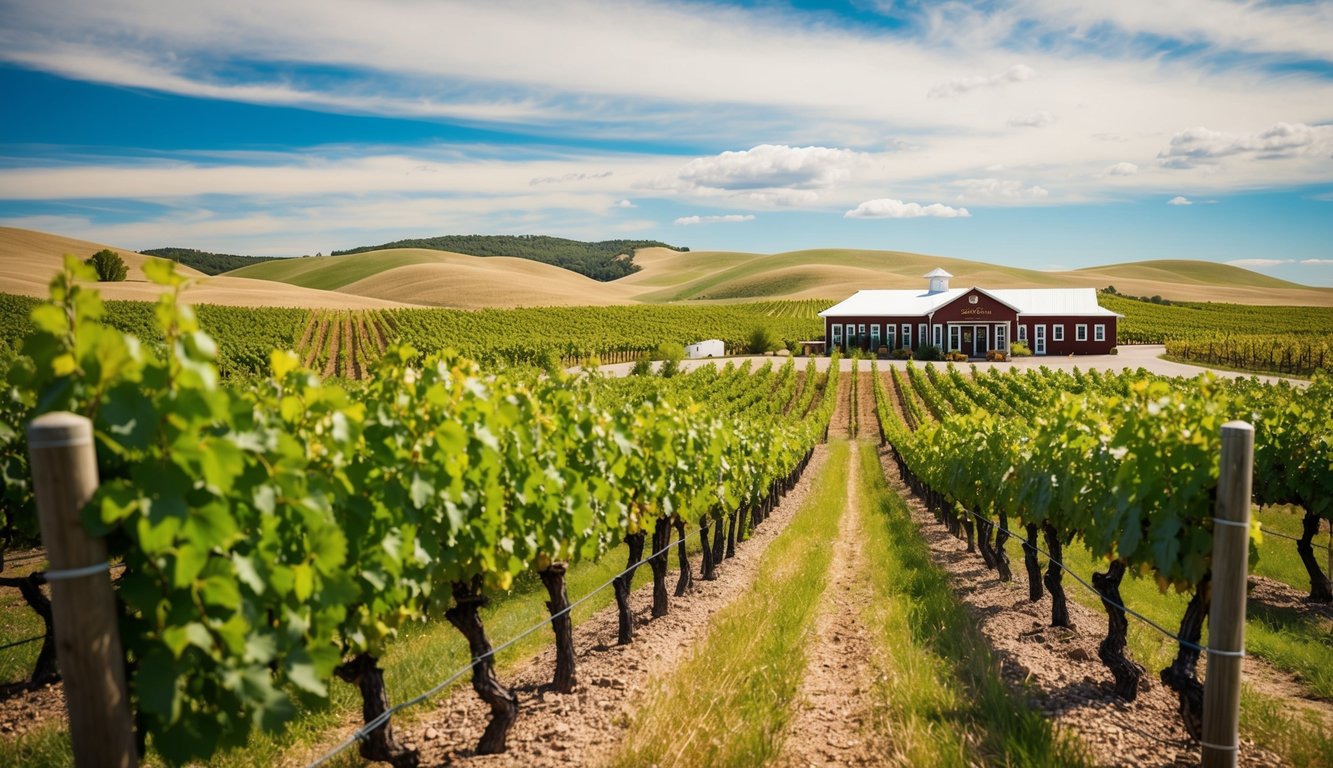
You can find wineries producing unique wines from cold-hardy grapes throughout North Dakota. Many offer tasting rooms where you can try their creations.
Some wineries also host events like summer dinners paired with their wines. A wine tour lets you visit multiple spots in one trip to compare different styles and learn about winemaking in this northern climate.
1) Prairie Wetlands Learning Area Wine Tours
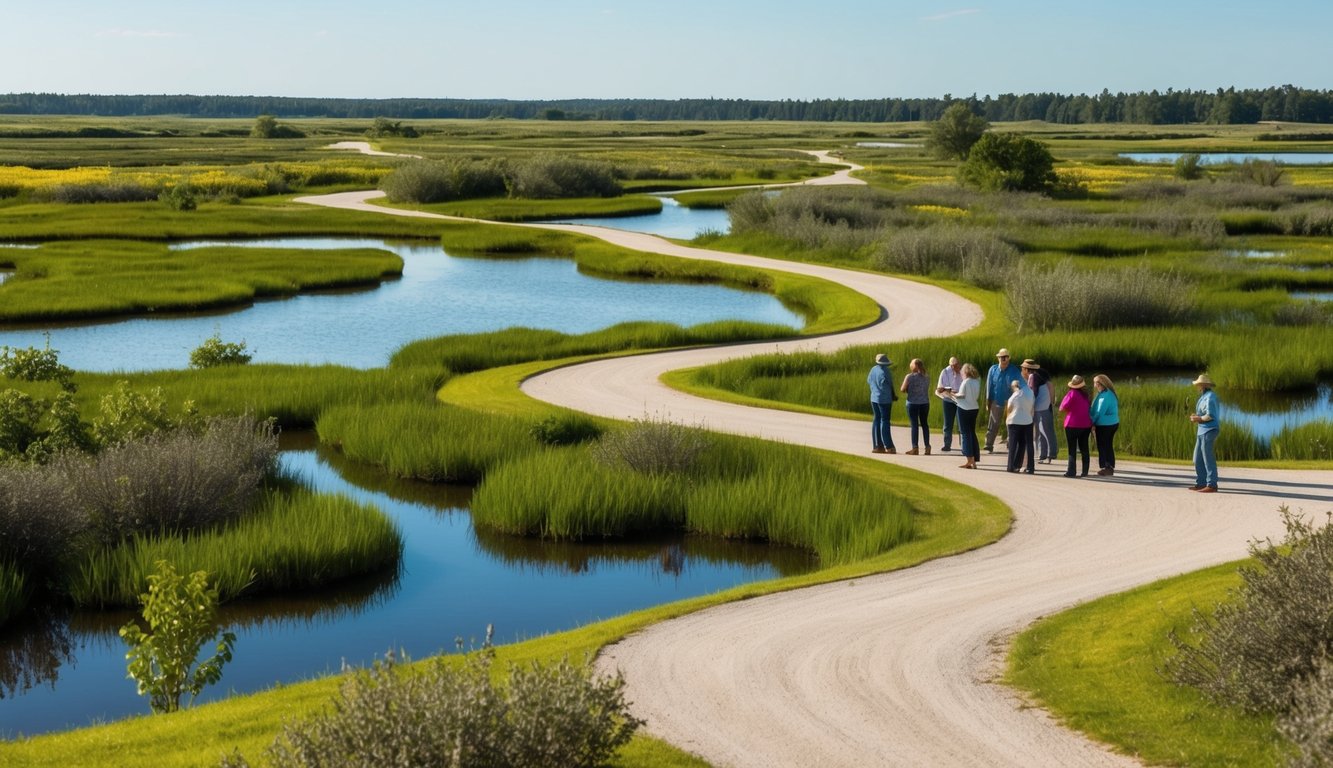
You can enjoy a unique wine tasting experience at the Prairie Wetlands Learning Area in North Dakota. This natural setting offers a blend of wine appreciation and environmental education.
As you explore the area, you’ll have the chance to sample locally produced wines from nearby vineyards. These wines often feature flavors inspired by the region’s native fruits and plants.
The tour guides will share information about the wetlands ecosystem while you sip your wine. You’ll learn about the area’s wildlife and plant species that thrive in this unique habitat.
Seasonal tours are available, allowing you to see the wetlands change throughout the year. Each season brings new flavors to the wines and different sights in nature.
You can pair your wine tasting with a short nature walk. This lets you take in the beautiful scenery and spot local birds and animals.
The Prairie Wetlands Learning Area wine tours offer a relaxing way to connect with nature. You’ll gain a deeper appreciation for North Dakota’s natural beauty and its growing wine industry.
2) Red Trail Vineyard Experience
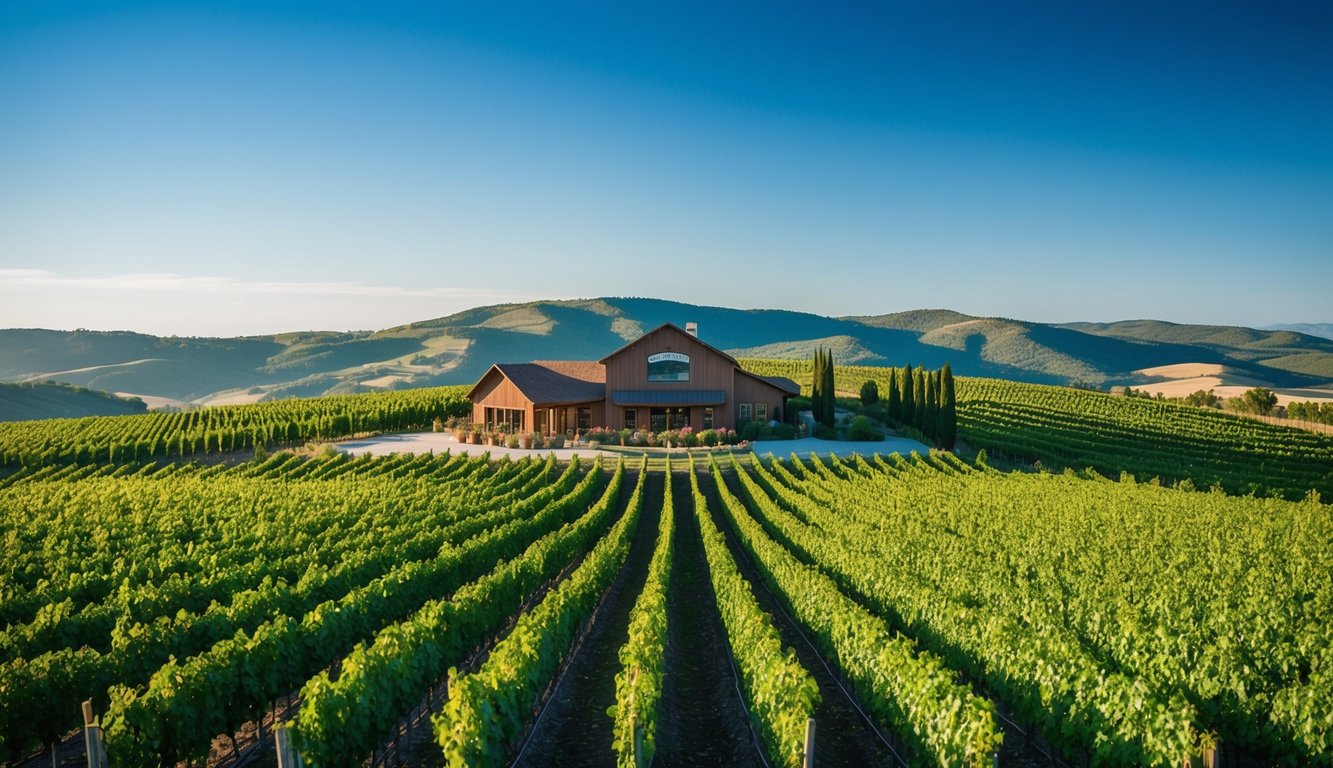
Red Trail Vineyard offers you a taste of North Dakota’s wine culture. Located near Buffalo, ND, this family-run vineyard is named after the historic Old Red Trail.
You’ll find the vineyard nestled along Buffalo Creek. The fertile Red River Valley soil contributes to the unique flavors of their wines.
At Red Trail, you can sample 8 different wines made from grapes grown on-site. The tasting room is housed in a restored 100-year-old granary, adding charm to your experience.
Your visit can include more than just wine tasting. During summer, you can enjoy Friday Night suppers at the vineyard. These events often feature local specialties like NDSU Beef Tenderloins and lobster boils.
Red Trail Vineyard is open on weekends from Memorial Day through September. You can visit on Saturdays and Sundays from 1-5 PM to explore the vineyard and taste their handcrafted wines.
As one of the largest vineyards in North Dakota, Red Trail offers you a unique glimpse into the state’s growing wine industry. Your tour here combines local history, scenic views, and delicious wines for a memorable experience.
3) Dakota Sun Gardens & Winery Tours
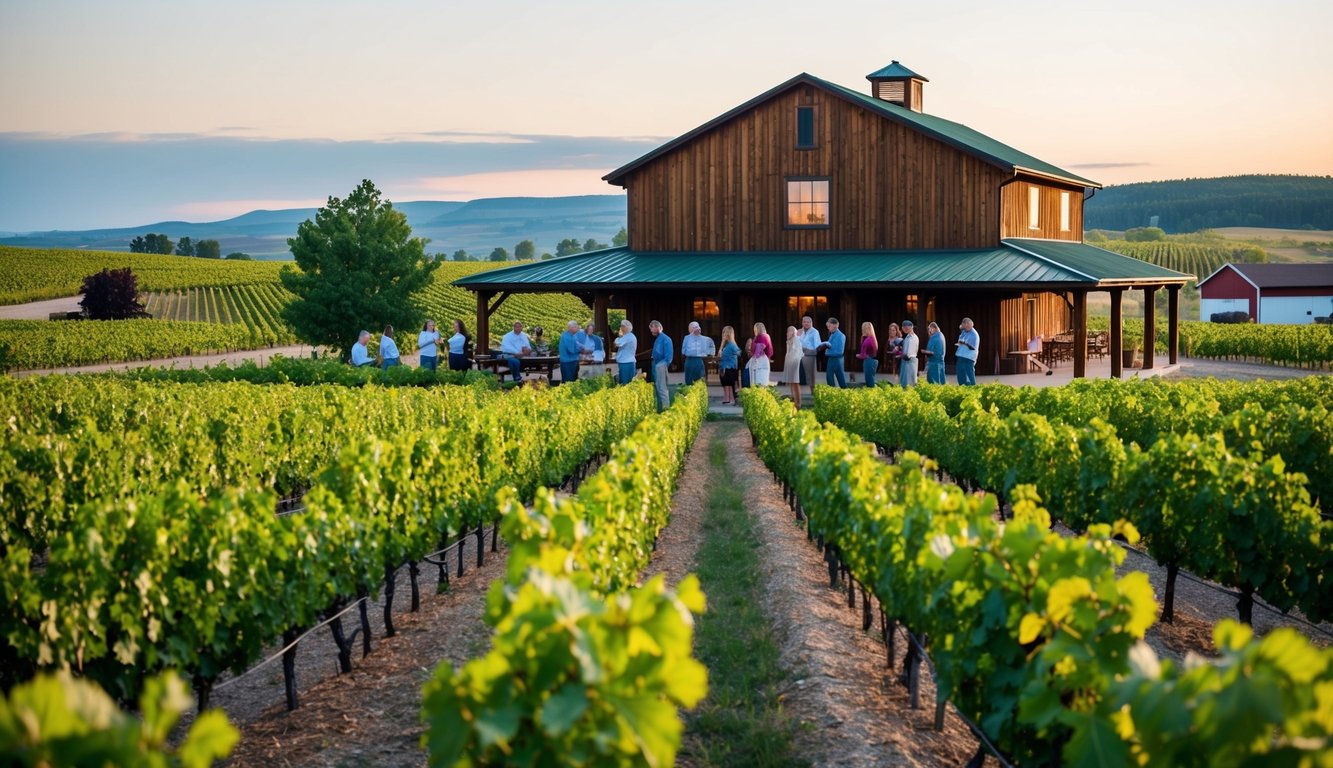
Dakota Sun Gardens & Winery offers a unique wine tasting experience in North Dakota. You can visit this remote winery for a day trip filled with flavor and scenery.
The winery provides tours of both their winemaking facilities and gardens. You’ll get to see how they craft their wines and explore the beautiful grounds.
During your visit, you can taste a variety of wines made on-site. Many of their wines use fruit sourced from local farmers, giving you a true taste of North Dakota.
The winery is located in Carrington, North Dakota. You can find it at 955 73rd Ave NE. It’s best to check their website or Facebook page for current tour times and details.
Dakota Sun Gardens & Winery has earned positive reviews from visitors. Many praise the fantastic wine selection and describe it as a nice afternoon escape.
4) Maple River Winery Tastings
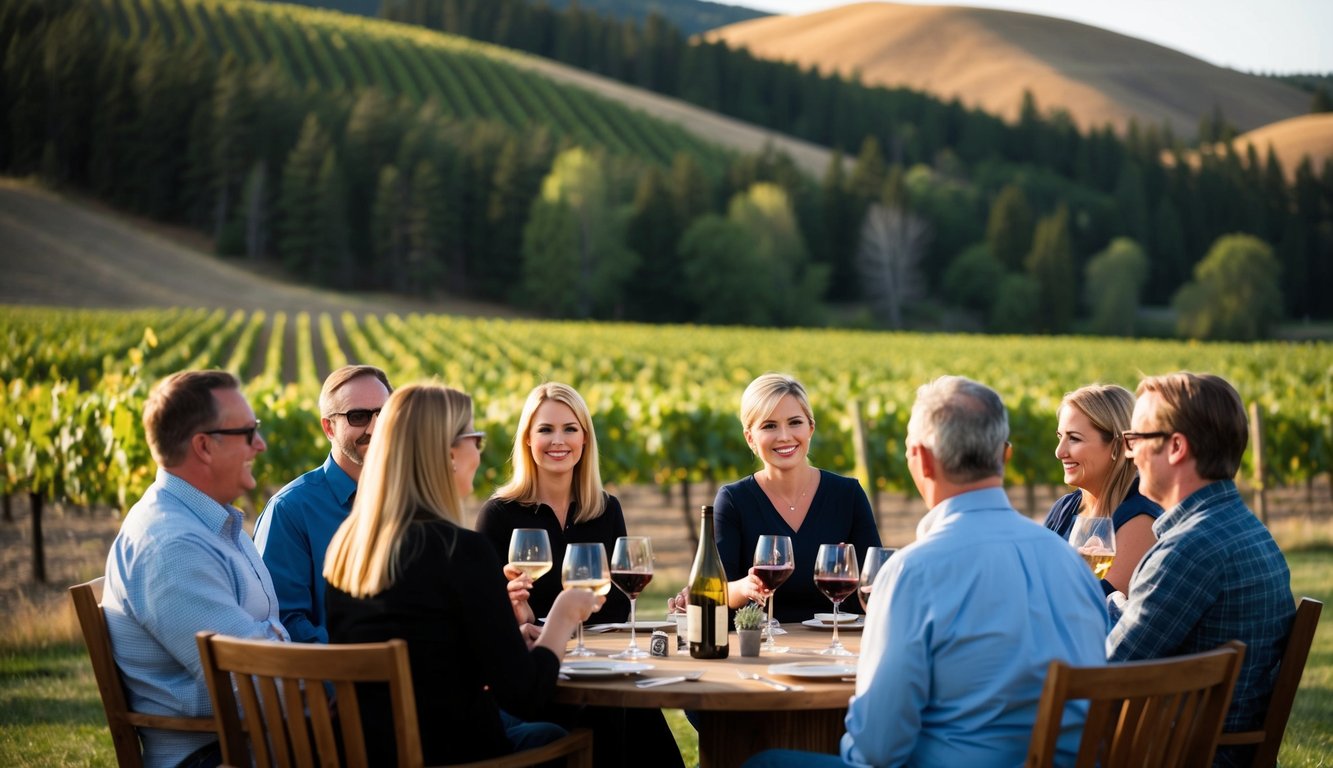
Maple River Winery offers you a chance to sample traditional local wines made from North Dakota fruits. You can visit the winery in historic downtown Casselton, less than a mile from I-94.
The winery provides tours and wine tastings for groups of 1 to 100 people. During summer, you can enjoy continuous tours on Saturdays. For weekday visits, it’s best to call ahead and schedule your tour.
When you stop by, you’ll get to try their award-winning prairie wines. These unique beverages are crafted using farm-fresh fruit grown right in North Dakota.
Maple River Winery is open year-round. You can visit Monday through Saturday from 9 am to 5 pm. If you prefer to come on Sundays or in the evening, you’ll need to make an appointment.
During your tasting, don’t miss their popular Strawberry Rhubarb wine. This sweet, fruity variety is a must-try for visitors.
5) Rookery Rock Winery Adventures
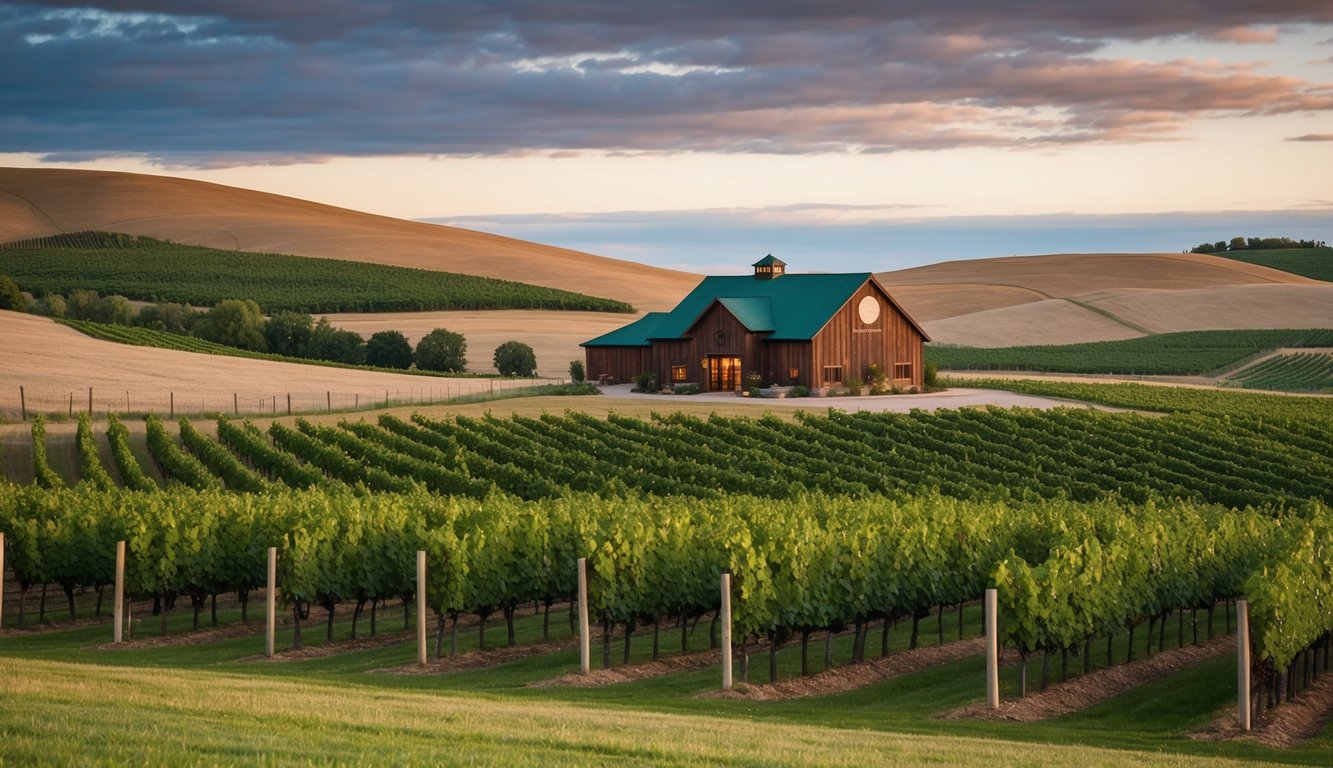
Rookery Rock Winery offers a unique wine tasting experience in North Dakota. You’ll find this charming winery just north of Absaraka, easily accessible from I-94.
The winery sits on a 12-acre orchard and vineyard, nestled on the ancient shores of Lake Agassiz. This special location gives Rookery Rock’s wines a distinct character.
You can sample a variety of fruit, berry, and cold-hardy grape wines during your visit. Each wine reflects the local terroir and the winery’s commitment to quality.
Don’t miss the chance to try their locally sourced products. Jams, jellies, and other orchard goodies make great souvenirs or gifts.
As you sip your wine, you’ll enjoy breathtaking views of the surrounding landscape. The winery’s picturesque setting adds to the overall tasting experience.
Rookery Rock Winery welcomes visitors for tours and tastings. You can learn about their winemaking process and the unique challenges of growing grapes in North Dakota’s climate.
Remember to call ahead or check their Facebook page for current hours and events. Your wine adventure at Rookery Rock awaits!
History of Wine in North Dakota
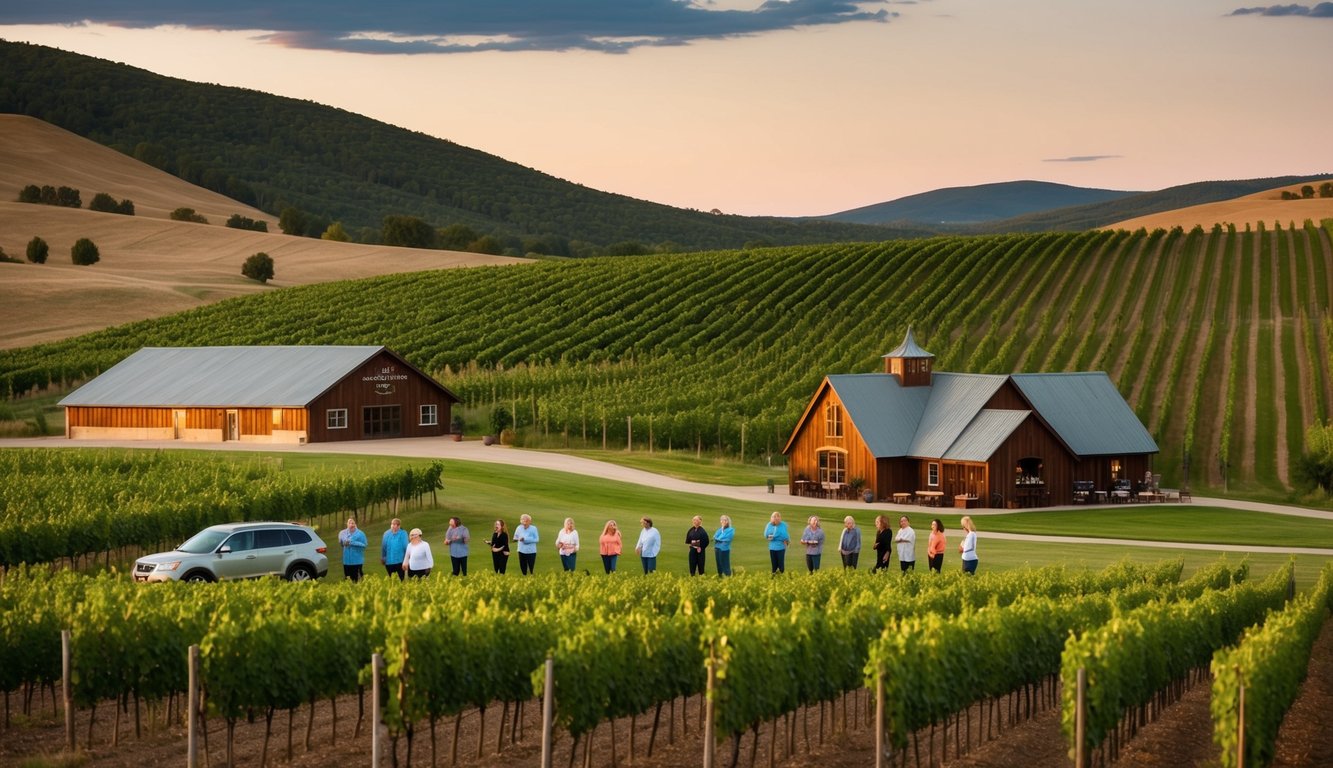
Wine production in North Dakota has grown from humble beginnings to a thriving industry. The state’s harsh climate presented challenges, but dedicated vintners persevered to create unique wines that reflect the region’s character.
Early Vineyards
North Dakota’s wine history began in the late 1800s when European settlers brought grapevines with them. These early vineyards struggled due to the state’s harsh winters and short growing seasons.
Many vintners experimented with hardy grape varieties that could withstand the climate.
The Old Red Trail played a key role in the spread of viticulture. This historic route helped early winemakers transport their products and share knowledge. Small family vineyards dotted the landscape, producing wines mainly for personal consumption.
By the early 1900s, a few commercial wineries had emerged. These pioneers laid the foundation for future growth in the industry. They faced numerous obstacles but their determination paved the way for modern North Dakota wines.
Evolution of Winemaking
In recent decades, North Dakota’s wine industry has seen significant growth. Improved grape varieties and winemaking techniques have allowed vintners to produce higher quality wines.
Many wineries now offer tastings and tours to showcase their products.
The state’s first wine festival took place in September, marking a milestone for the industry. This event celebrated local wines and helped promote North Dakota’s burgeoning wine culture.
Today, you can find a variety of wines produced in North Dakota. From traditional grape wines to unique honey wines called mead, there’s something for every palate. Prairie Rose Meadery in Fargo, for example, specializes in this ancient fermented honey beverage.
The industry continues to innovate, with some wineries exploring cold-climate grape varieties. These efforts ensure that North Dakota’s wine scene will keep evolving and growing in the years to come.
Unique Terroir of North Dakota
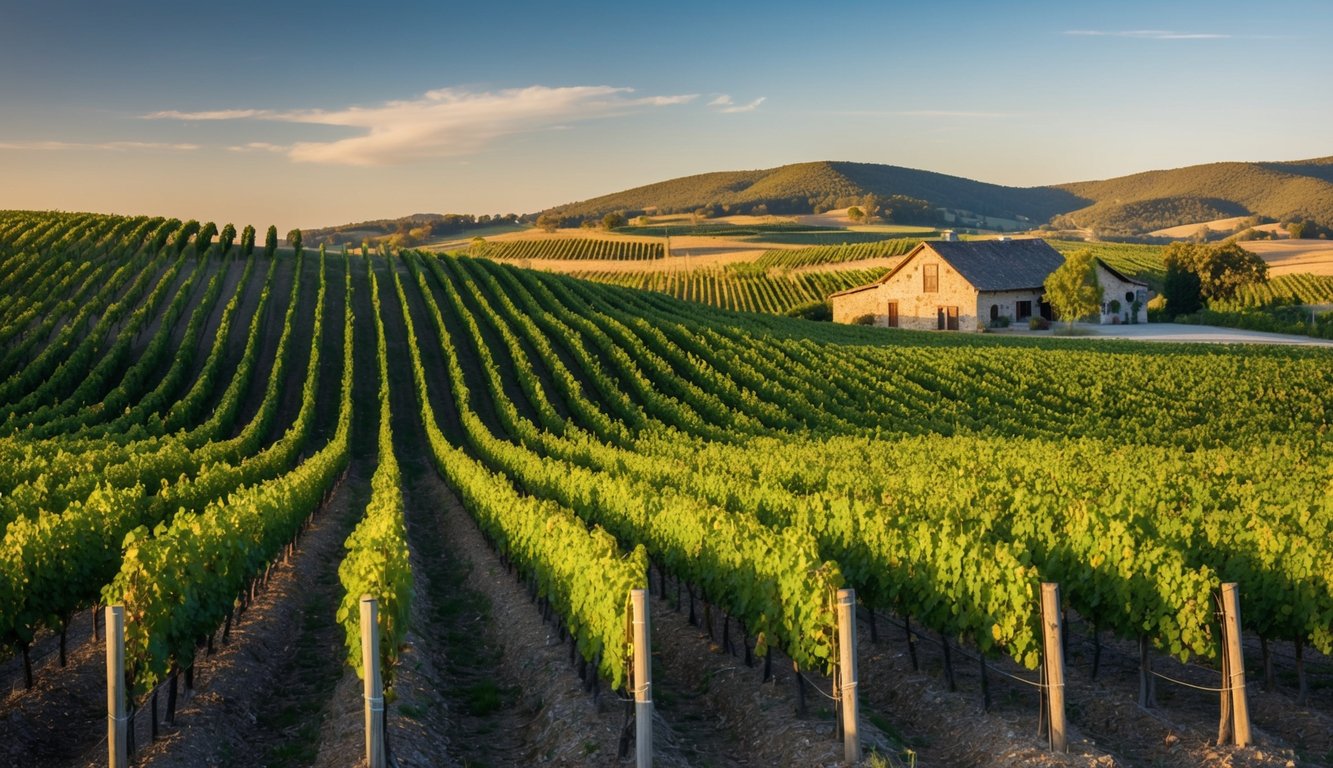
North Dakota’s wine regions have distinctive features that shape the grapes grown there. The state’s climate and soil create wines with unique flavors and characteristics.
Climate and Geography
North Dakota has a continental climate with hot summers and very cold winters. This impacts grape growing significantly. The growing season is short, usually lasting from May to September.
Winters can be harsh, with temperatures dropping below -30°F (-34°C). This means vineyards need to grow cold-hardy grape varieties.
The state’s geography varies from plains to badlands. This diverse landscape creates different microclimates for grape growing.
Soil types range from clay to sandy loam. Each soil type affects the grapes’ flavors differently.
Grape Varieties Grown
North Dakota vineyards grow unique grape varieties that can withstand the tough climate. These grapes produce wines with distinct tastes.
Popular grape varieties in North Dakota include:
- Frontenac
- Marquette
- La Crescent
- Brianna
Developers created these grapes to survive cold temperatures. They create wines with higher acidity and unique flavor profiles.
Some wineries also use local fruits like chokecherries and rhubarb to make fruit wines. These add to the diverse wine options you can try in North Dakota.
You’ll find both red and white wines produced in the state. Each reflects the special growing conditions of its vineyard.

